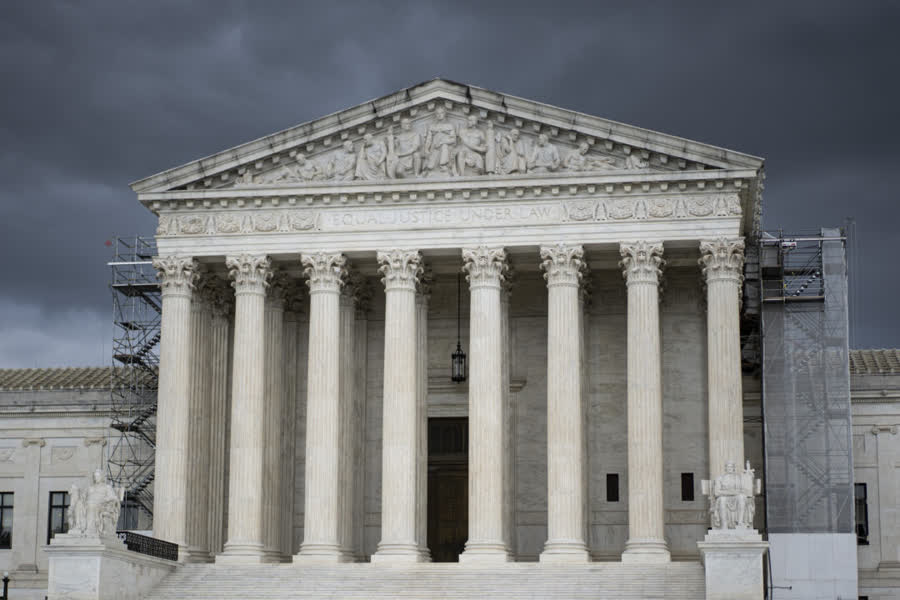On May 16th, the Supreme Court rejected a challenge to the Consumer Financial Protection Bureau’s (CFPB) funding mechanism by a vote of 7-2. The unusual funding system allows the CFPB to receive most of its funds from the Federal Reserve System instead of relying on direct congressional appropriations. Critics argued that this independence made the funding system unconstitutional, violating the U.S. Constitution’s appropriations clause which states that “No Money shall be drawn from the Treasury, but in Consequence of Appropriations made by Law.” However, the Supreme Court held that the mechanism met the necessary legal requirements for an appropriation and reversed the judgment of the Fifth Circuit.
The CFPB was created in 2010 as part of the Dodd-Frank Wall Street Reform and Consumer Protection Act with the aim to protect consumers from financial fraud and abuse by regulating consumer financial products such as credit cards, mortgages, and car loans. The agency has been a subject of controversy, with Democrats praising its role in holding corporations accountable while Republicans argue that it exercises excessive power over the financial sector.
In the current case, CFPB v. CFSA, the Community Financial Services Association of America (CFSA) argued against the CFPB’s rule preventing lenders from attempting to withdraw payments from borrowers’ bank accounts after two consecutive failed attempts due to insufficient funds. The association represents payday lenders and had taken issue with the funding mechanism used by the CFPB, claiming that it violated the U.S. Constitution’s appropriations clause.
The Supreme Court determined that while there may be other constitutional checks on Congress’ authority to create and fund an administrative agency, specifying the source and purpose is all the control the Appropriations Clause requires. In this case, the CFPB’s funding mechanism met these requirements, allowing the agency to continue receiving funds from the Federal Reserve System without direct congressional oversight.
This ruling has drawn mixed reactions from stakeholders in the financial sector. Some argue that it creates confusion and a lack of transparency in CFPB guidelines and rulemaking, while others praise the decision as a victory for consumer protection efforts. The case represents the second challenge in recent years to the constitutionality of the CFPB, with the Supreme Court having upheld its overall structure but altered its leadership rules in a 2020 ruling.

